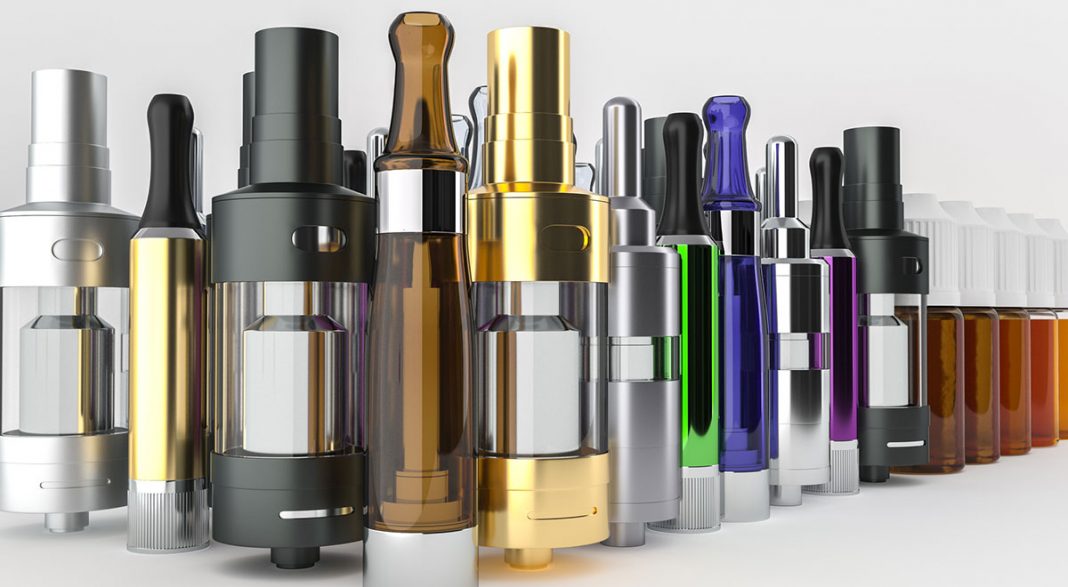One would think that Big Tobacco had learned its lesson after having its head handed to it almost twenty years ago. The Tobacco Master Settlement Agreement (MSA) ultimately cost the “Big Four” at least $206 billion – and that price tag could go higher.
Apparently, Big Tobacco has not learned its lesson. Since the rise in the popularity of e-cigarettes, the large tobacco companies have been attempting to corner the market for the devices – and having a fair amount of success at it. Today, R.J. Reynolds has a “Vapor” division. Philip Morris has joined forces with Altria in a major e-cigarette venture, and the British-American Tobacco company (BAT, the largest in Europe) has launched its own line of e-cigarette and vapor products.
Dr. Jeffery Drope of the American Cancer Society says that in the e-cigarette market, “Big Tobacco is now dominating in dollars in sales.” Granted, the $5 billion annual market for e-cigarettes is minuscule in comparison to that for standard combustible tobacco cigarettes – currently at $92 billion a year and rising by approximately 3.4% annually . However, growth in e-cigarette sales is expected to be at least 24% a year through the end of 2018.
Big Tobacco’s enthusiasm for what it considers a lucrative new source of revenue has led to the industry funding of its own research into the health effects of e-cigarettes. One study, funded by BAT, employed 3-D computer imagery to compare the effects of exposure to tobacco smoke and e-cigarette vapor. Not surprisingly, that study showed far lower levels of inflammation when it came to e-cigarettes.
While this appears to be in line with independent research into the issue, the fact remains that there are still many unknowns. A statement from R.J. Reynolds – posted on the company website – reads:
“We believe that vapor products and other noncombustible tobacco products may present less risk to adult tobacco consumers than smoking cigarettes. Although these products have not been used by consumers for a sufficient period of time to develop definitive scientific conclusions about their level of risk reduction, there is a growing body of scientific evidence that these products may present less risk than smoking.”
Still, “belief” is not scientific evidence, and “less risk” is not the same as “no risk.” Aside from battery explosions that have resulted in serious, disfiguring injuries, the liquid used for vaping contains a number of toxic chemicals, including propylene glycol (an ingredient in antifreeze), heavy metals such as cadmium and manganese, and diacetyl, an artificial food additive that causes scarring of the lung when fumes are inhaled.
Big Tobacco may be skating on thin ice with their claims that e-cigarettes are “less harmful” than the product that has cost them hundreds of billions of dollars since the 1998 settlement. The fact is that neither they, nor medical science knows anything for certain about the long term effects of vaping. And, if history is any indication, even if e-cigarette use does prove to be as deadly as tobacco, the companies profiting from sales of the product are unlikely to be forthcoming about such information.
That is, until people start dying and the litigation starts all over again.



![Senator Schumer: “Single Payer [Health Care] is On The Table”](https://sandbox.trofire.com/wp-content/uploads/2017/07/Universal-Healthcare-218x150.jpg)
